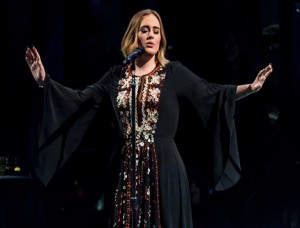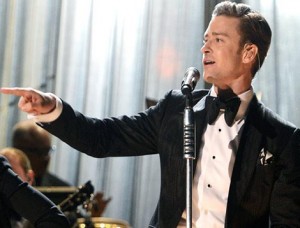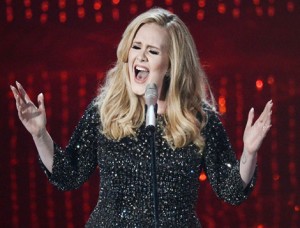Grand National marred by tragedy
Cheltenham Gold Cup winner Synchronised and According to Pete have died following falls in the Grand National.
Both horses fractured legs on the Aintree course and were later put down.
The RSPCA described the deaths as “totally unacceptable” and called for “an urgent examination” of the race.
Professor Tim Morris from the British Horseracing Authority said: “The BHA takes its responsibility of looking after the welfare of horse and rider very seriously.”
He added: “We are very sad about the fatal injuries suffered by Synchronised and According to Pete in the Grand National.”
Synchronised,the nine-year-old gelding trained by Jonjo O’Neill, was bidding to become the first horse to seal a Cheltenham Gold Cup and Grand National double in the same season.
But he looked in a nervous mood before the race, getting loose and unseating champion jockey AP McCoy on the way to the start.
Aintree officials said he was thoroughly checked by a racecourse vet and, after being cleared to compete, fell at the notorious Becher’s Brook, unseating McCoy in the process, before continuing until the 11th fence, where he suffered the fracture.
 According to Pete suffered a fractured leg when he was brought down after jumping the 22nd fence [Becher’s Brook second time round], when On His Own fell in front of him.
According to Pete suffered a fractured leg when he was brought down after jumping the 22nd fence [Becher’s Brook second time round], when On His Own fell in front of him.
There have now been consecutive Grand Nationals with two fatalities, following the deaths of Dooney’s Gate and Ornais last year, after which new safety measures were introduced.
This year’s race, which was won by Neptune Collonges, saw just 15 of the 40-horse field reach the finishing post.
Chief executive of the RSPCA (Royal Society for the Prevention of Cruelty to Animals) Gavin Grant said: “The death of two horses at the Grand National, bringing the total to three at the Aintree meeting, is totally unacceptable.
“In its current format, the risks to horses are not appropriate and we want an urgent examination of the Grand National, including a number of fences such as Becher’s Brook where horses are continuing to die despite safety improvements.”
Morris, who is director of equine science and welfare for the BHA, added: “In both cases the horse incurred a fracture to the leg and the humane option was to put the injured horses down.
“We will examine closely the circumstances which led to both incidents.
“The key data from these accidents will be collated, as is the BHA’s policy in the event of any serious equine injury.
“AP got back on board and he was happy and even allowed him to look at the first fence again. [Owner] JP McManus looked at him and was happy. They would not even have attempted it if they didn’t think the horse was 100%.”
“Each year the BHA and Aintree review all incidents which occur during the Grand National meeting and consider what measures can be taken to address the risk of a repeat in the future.
“We consult and work with recognised welfare organisations such as the RSPCA, SSPCA and World Horse Welfare.”
Managing director at Aintree Julian Thick said: “We are desperately sad at these two accidents and our sympathies are with the connections of both horses.
“Horseracing is a sport that is very carefully regulated and monitored by the British Horseracing Authority, but risk can never be completely removed.
“Since last year’s race we have made further significant changes to the course and there have been four races run over the course without serious incident since then.
“After today, we will, as always, be looking at all aspects of this year’s race to see how we can improve safety further.”
Two other injured horses, Killyglen and Weird Al, were reported to be recovering after receiving treatment.






